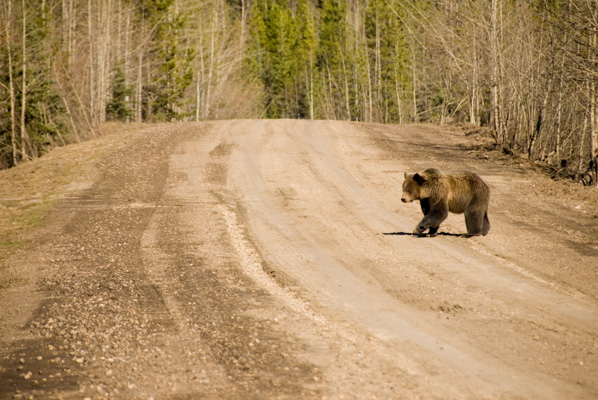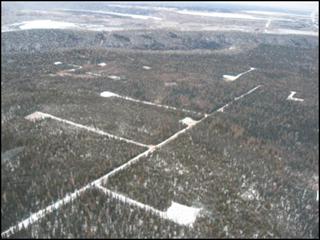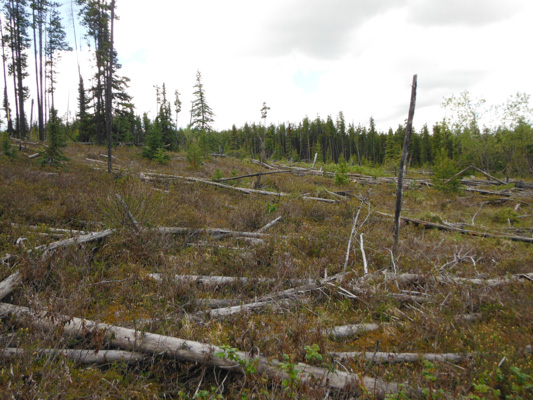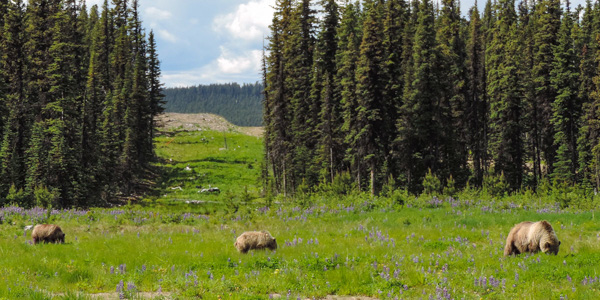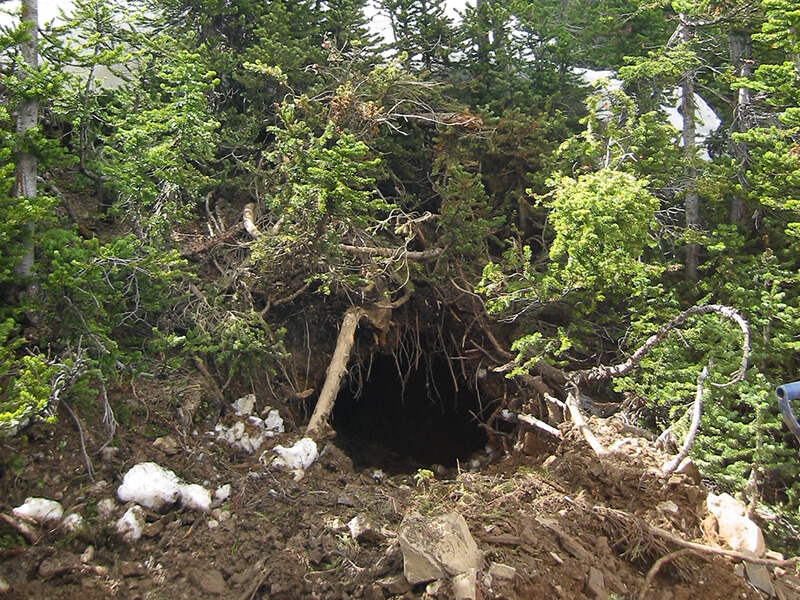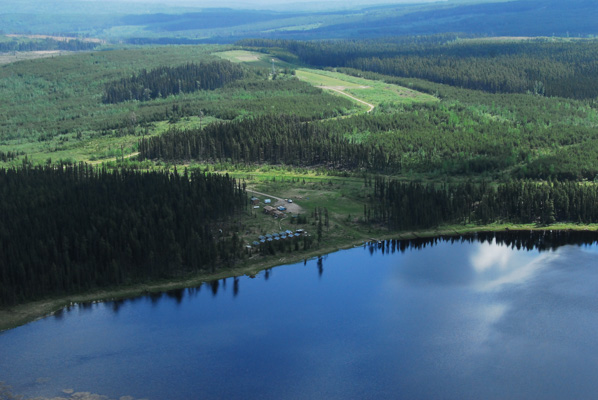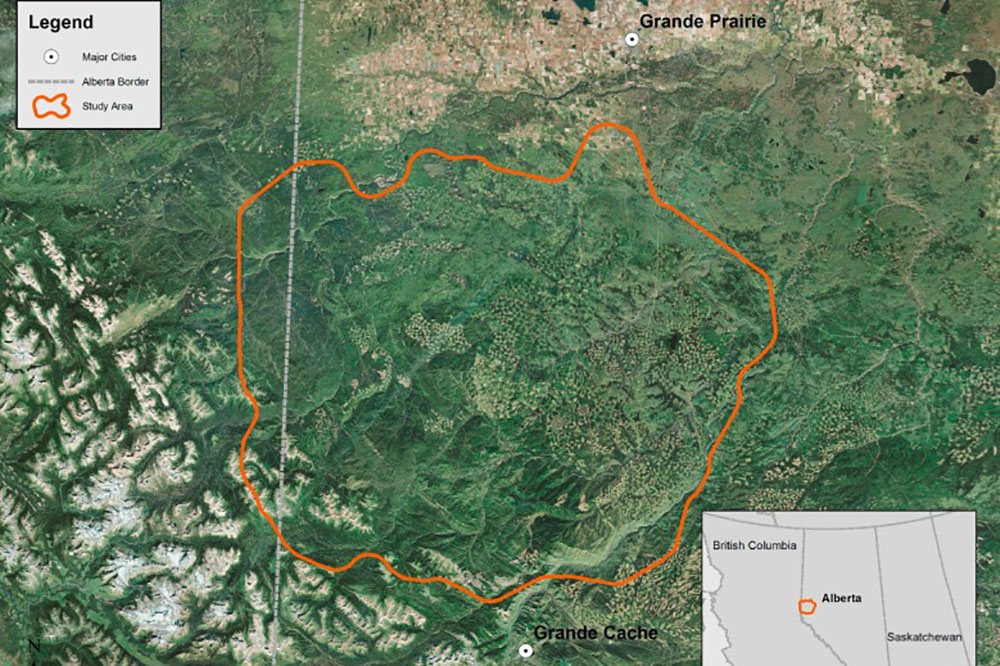
Article published in Forest Ecology and Management. Citation and abstract only.
Abstract
As part of forest management guidelines, most North American jurisdictions require the preservation of forested areas adjacent to streams and rivers (i.e. riparian zones). Forested buffer strips with restrictions on timber harvest and road-building (i.e. riparian buffer zones) were originally implemented to protect aquatic functions and resources. Riparian buffer zones now also target terrestrial habitats and wildlife. Even so, forestry managers who implement guidelines seldom consider the value of riparian zones (RZs) for large carnivores, partly due to a lack of data available. In the present study, our objective was to understand the role of riparian zones and riparian buffer zones for large carnivores in managed boreal forests. We used nine years of GPS telemetry data (2007–2015) from radio collared grizzly bears (Ursus arctos) in the Kakwa region of west-central Alberta, Canada to quantify both the use (i.e. the amount of time grizzly bears spend in RZs) and selection (i.e. use in relation to the available riparian habitat) of RZs. We examined the effects of season, sex, distance class (0–30 or 30–60 m from streams and rivers), and the surrounding forest (harvested versus non-harvested) on use and selection of RZs. We found grizzly bears spent 19.1% of their time within 60 meters from streams and rivers. Selection of RZs declined relative to the distance from streams and rivers (10.8% within 0–30 m and 8.4% within 30–60 m). During summer, grizzly bears selected RZs in harvested areas and avoided them in non-harvested areas. There was no difference in selection of RZs in harvested areas between males and females; however, in non-harvested areas, females avoided RZs and selected RZs less compared to males. These results, particularly the selection of RZs in harvested areas where RZs consist mostly of riparian buffer zones, suggest that riparian buffers provide valuable grizzly bear habitat in multiple-use landscapes. Forest management practices can support grizzly bear habitat conservation efforts by implementing riparian buffer zones in identified grizzly bear habitat and considering grizzly bear habitat use of RZs and riparian buffers as one component of riparian zone management.
Read the full paper here.
Citation
Phoebus, I., Segelbacher, G., & Stenhouse, G. B. (2017). Do large carnivores use riparian zones? Ecological implications for forest management. Forest Ecology and Management, 402, 157–165. doi:10.1016/j.foreco.2017.07.037







